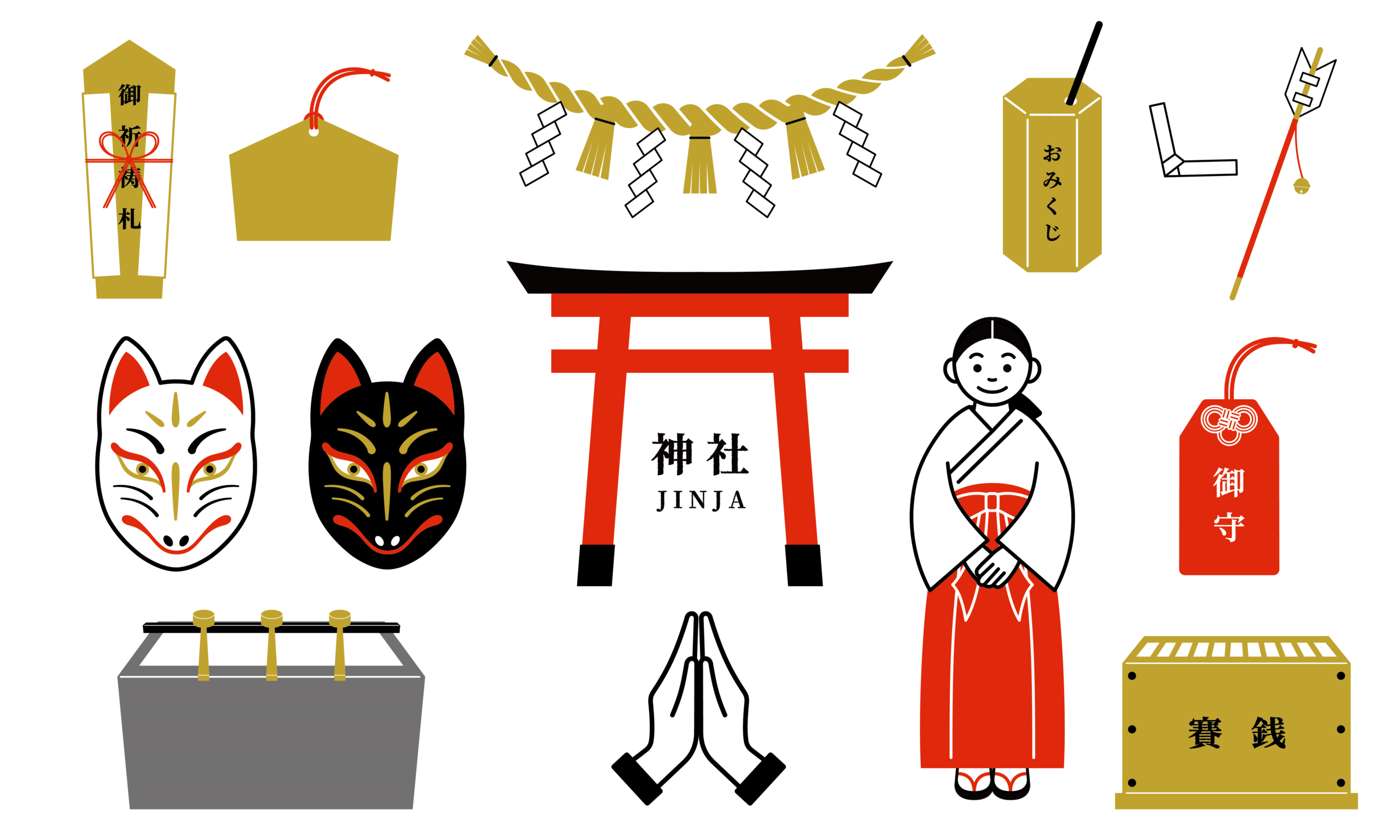What’s the Difference Between Shrines and Temples?
In Japan, there are two main places of worship: shrines and temples.
・Shrines are Shinto places of worship dedicated to gods and nature.
The iconic torii gate marks the entrance to a shrine.
・Temples are Buddhist places of worship, where statues of Buddha are enshrined.
Temples are known for their statues of Buddha and gateways.
Both are sacred spaces, so it’s important to visit them with respect.
Basic Etiquette to Know Before Visiting
・Before entering a shrine, it’s customary to bow slightly as you pass through the torii gate.
・In a shrine, walk along the sides of the path as the center is considered the divine path
for the gods.
・In temples, it’s important to remain quiet and behave respectfully within the grounds.
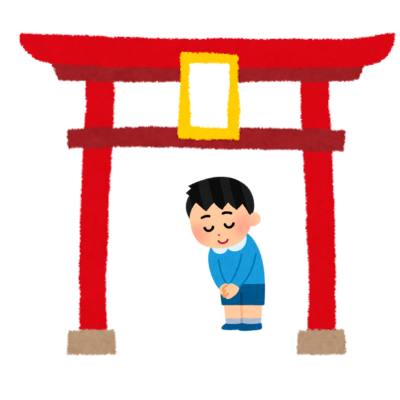
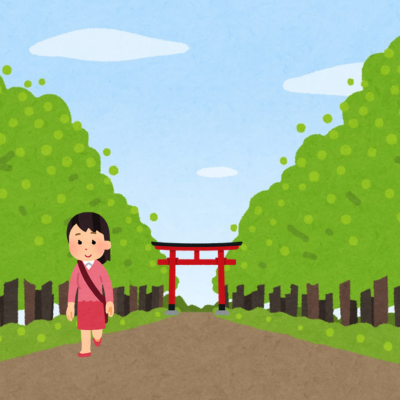

How to Worship at Shrines and Temples
At Shrines (Example: Meiji Shrine)
1.Gently place a small coin into the offering box.
When visiting, it is customary to offer small coins (such as 5-yen or 100-yen coins)
at the offertory box.
While some shrines have recently started accepting electronic payments,
cash is still the standard, so it’s a good idea to bring some coins with you.
2.Ring the bell to announce your presence.
3.Bow twice deeply.
4.Clap twice.
5.Bow once more.
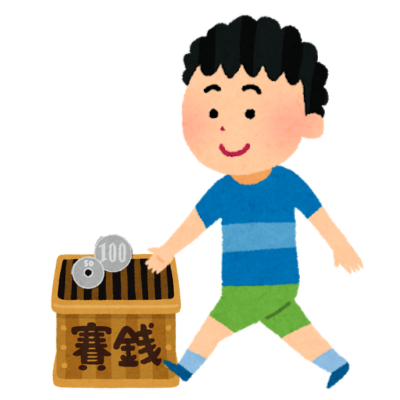


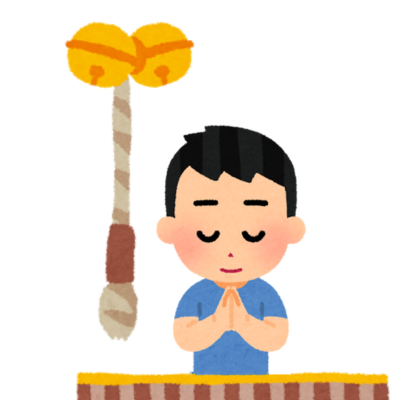

At Temples (Example: Sensoji Temple)
・Place a coin into the offering box.
・Put your hands together in prayer and bow your head.
・Bow once as a sign of respect.
Note
The worship method can vary depending on the location,
so it’s a good idea to check the signs or instructions at each site.
Fun Things to Do at Shrines and Temples
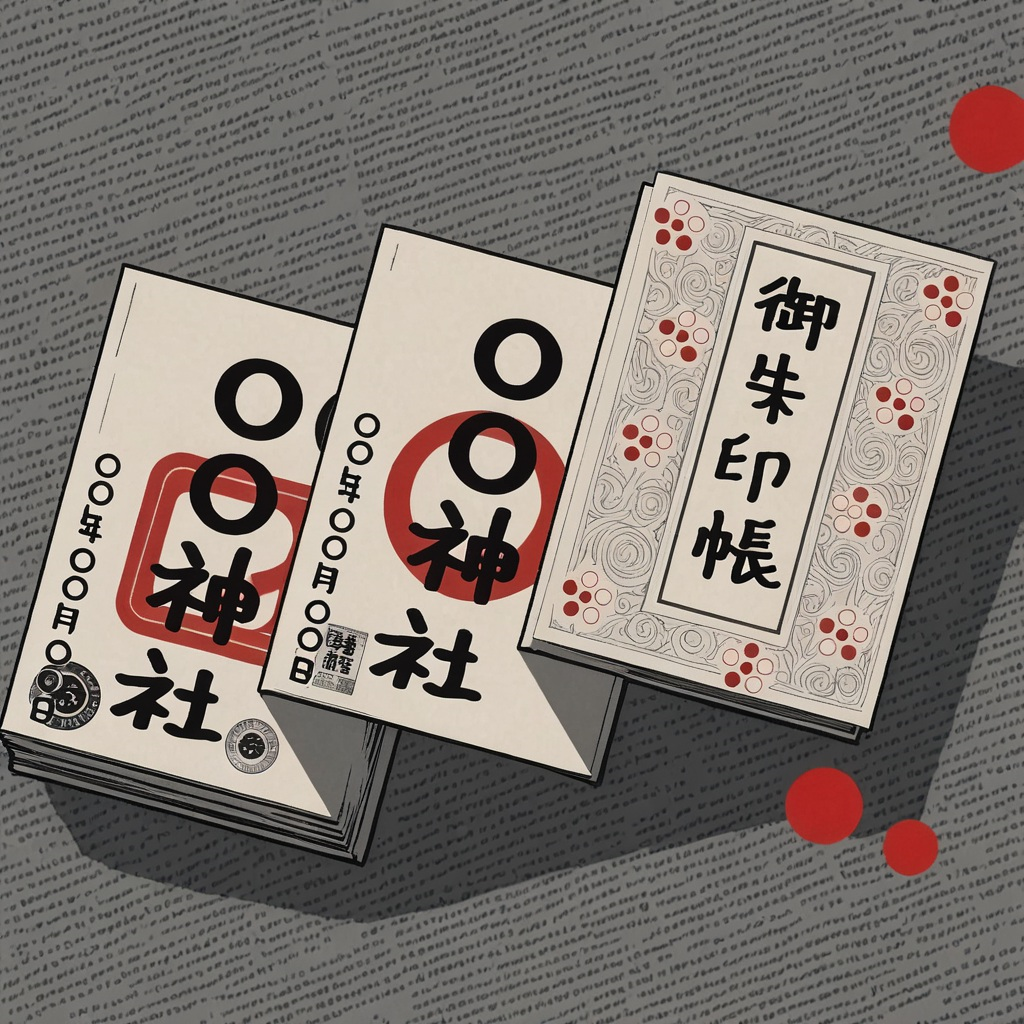
Collect Goshuin (Temple Stamps)
You can receive a Goshuin stamp
as a commemorative token of your visit.
It’s a great souvenir and travel memory
to collect with a Goshuin book.
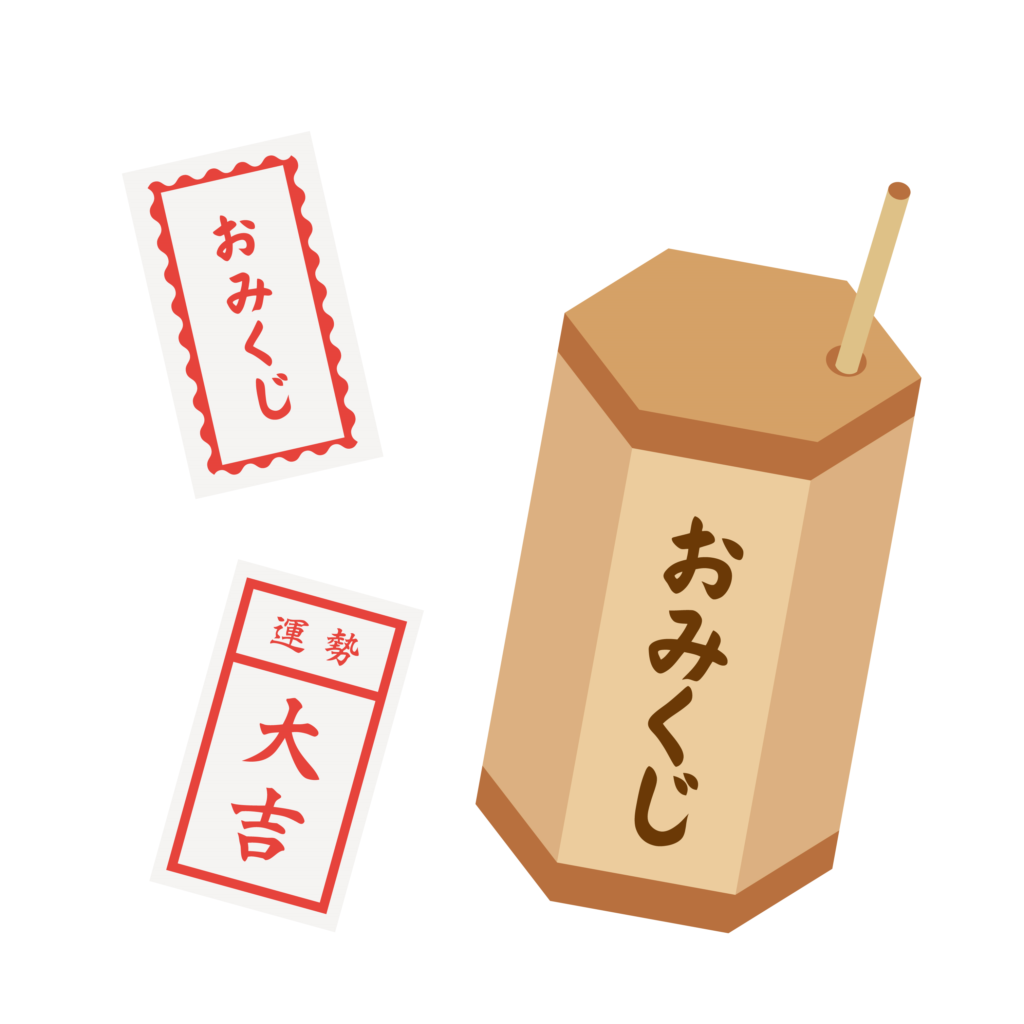
Draw Omikuji (Fortune Slips)
Omikuji are fortune-telling slips that tell your luck.
If the result is bad, tie it to a tree or designated spot
within the grounds for it to be washed away.

Buy Amulets (Omamori)
Amulets are sold for various purposes
such as health, love, and academic success.
They also make a great souvenir for safe travels.
Etiquette to Follow at Shrines and Temples
・No photography in restricted areas:
Always be mindful of places where photography is not allowed.
・No eating or smoking:
Only in designated areas are eating and smoking allowed.
・Maintain silence:
Keep quiet and respectful of the sacred environment.
・Do not touch or damage sacred objects:
Be careful not to touch any sacred objects or cause damage.
Recommended Shrines and Temples for Beginners
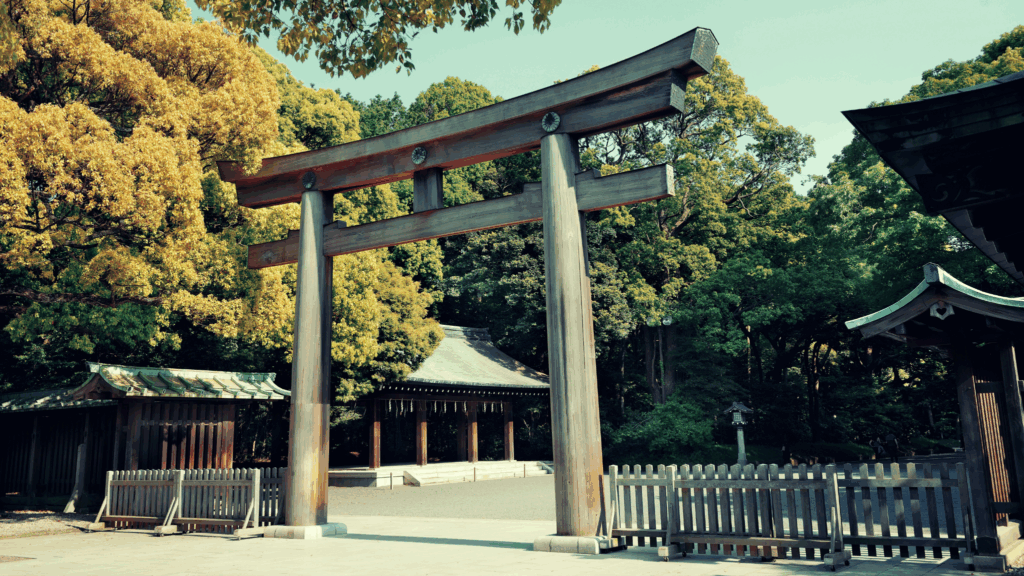
Meiji Shrine (Tokyo)
Meiji Shrine, located in Tokyo, is one of Japan’s most famous Shinto shrines.
Dedicated to Emperor Meiji and Empress Shoken, the shrine is set within a beautiful forested area that provides a peaceful escape from the hustle and bustle of the city.
Visitors can enjoy a serene walk through the expansive grounds,
participate in the traditional Shinto rituals,
and explore the exhibits in the museum.
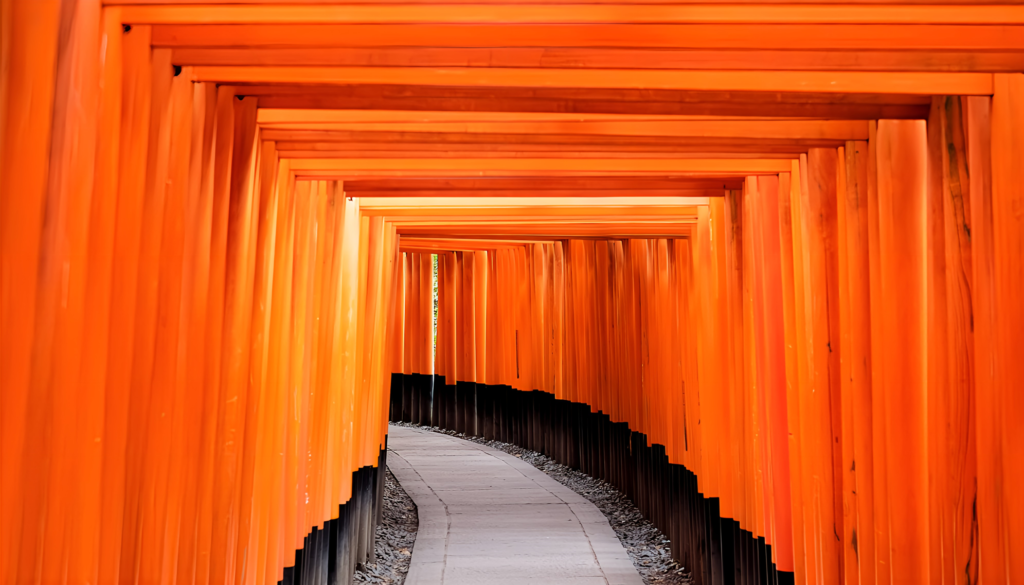
Fushimi Inari Taisha (Kyoto)
Fushimi Inari Taisha is a stunning Shinto shrine in Kyoto,
famous for its thousands of vibrant red torii gates that lead to the top of Mount Inari.
The shrine is dedicated to Inari,
the god of rice, and offers a unique experience as visitors walk along the pathways lined with these iconic gates.
The shrine is also a popular spot for photography and is rich in cultural significance.
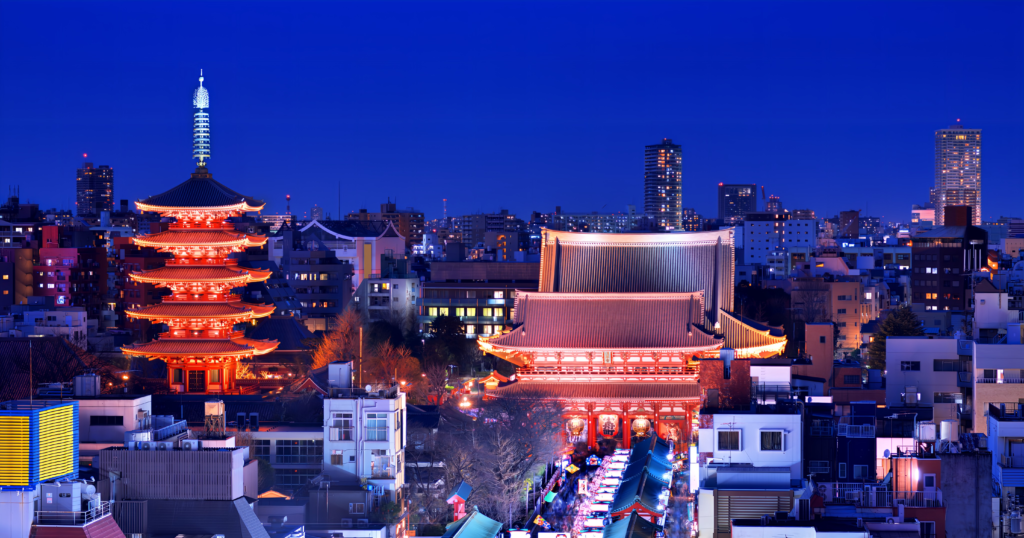
Senso-ji Temple (Tokyo)
Senso-ji Temple, located in Asakusa, Tokyo, is one of Japan’s oldest and most significant Buddhist temples.
Founded in the 7th century, it is dedicated to the Bodhisattva Kannon.
The temple is easily recognizable by its grand gate, Kaminarimon, and the vibrant shopping street,
Nakamise, which leads to the main hall. Senso-ji is an excellent place for beginners to learn about Japanese Buddhist traditions.
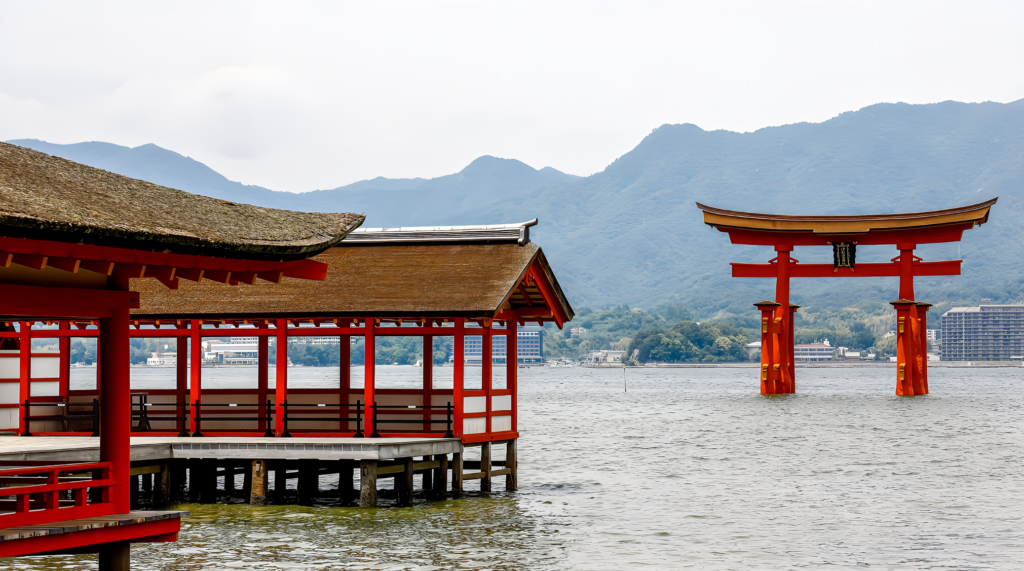
Itsukushima Shrine (Hiroshima)
Itsukushima Shrine, located on Miyajima Island near Hiroshima, is famous for its iconic “floating” torii gate that appears to stand on the water during high tide.
The shrine is dedicated to the three Munakata goddesses and is a UNESCO World Heritage site.
Visitors can enjoy breathtaking views of the shrine against the backdrop of the Seto Inland Sea and experience the serene beauty of the island.

Todai-ji Temple (Nara)
Todai-ji Temple in Nara is a UNESCO World Heritage site and one of Japan’s most iconic temples.
Home to the Great Buddha (Daibutsu),
a massive bronze statue of Buddha,
Todai-ji is an impressive example of traditional Japanese architecture.
The temple’s vast grounds and the surrounding Nara Park,
where visitors can interact with friendly deer, make this a must-visit destination.
Conclusion
Shrines and temples are special places to experience Japanese culture.
By following the etiquette and worship methods,
you can deepen your travel memories and immerse yourself in Japan’s traditions.
